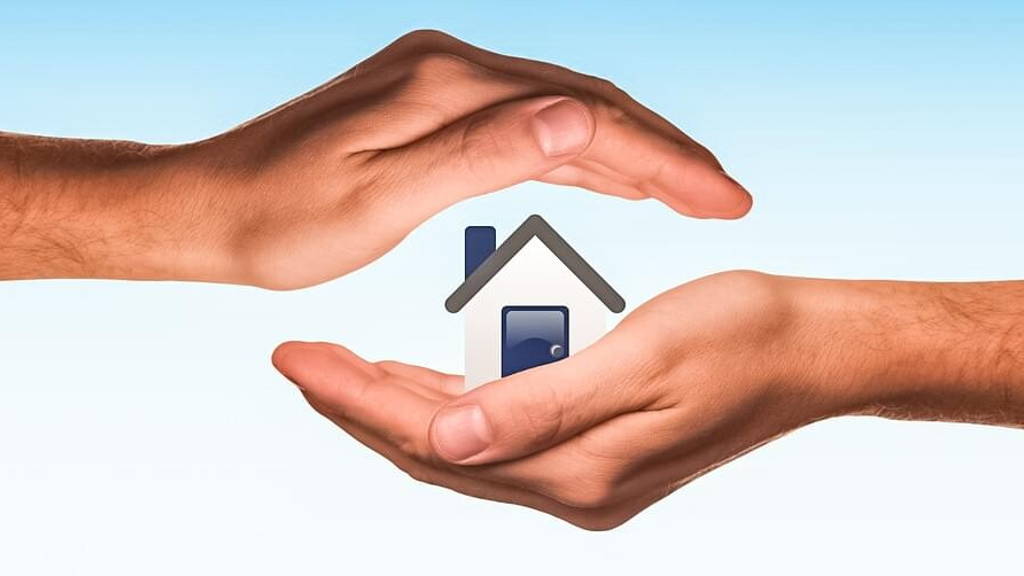Consumers and healthcare providers alike already capture a wealth of personal data through wearables like fitness trackers or body sensors. There are sophisticated analytics and machine learning capabilities available to generate genuine insight and make very valid predictions. But even if the technology is there, people and processes are not always ready. They do not join up, often even making progress very difficult.
Partnerships between stakeholders can help overcome this stumbling block. One such partnership is between Philips and Pegasystems. It aims to provide one high level solution to help solve this. According to a joint news release, by connecting the Pega Care Management Application to the Philips HealthSuite Cloud platform, caregivers can “remotely manage care with connected health applications”.
Jeroen Tas, CEO of Connected Care and Health Informatics at Philips further explains how via a combination of ongoing health tracking, targeted questions and proactive intervention before crisis point, technology enabled solutions can improve a patient’s quality of life and significantly reduce costs. Technology is enabling the human touch, believes Tas.
People feeling more in control is a very important precursor to successful self care or home care. This is the outcome of a recent Philips self-care study concerning people with long term conditions like diabetes and heart failure. Clear cost reductions aside, 90% of those studied reported they felt more in control of their condition.
In this case, Pega provides the case management which underpins much of the process-driven administration of healthcare while Philips provides the connected devices. Theoretically at least, this should help deliver on one of the biggest promises of the Internet of Things: that trusted consumer devices can be connected through an open, interoperable system working within clinically compliant guidelines.
‘Part of the battle has already been won because healthcare providers are also beginning to understand the benefit of facilitating this type of technology.’ However, the main issue for propositions like that of Philips and Pega is not be technology at all, but how it will reach the patients. In the US it will predominantly arrive via the healthcare provider which is perhaps an easiest and more obvious way in. The scale could, however, be more of a challenge elsewhere.
Partnerships between stakeholders can help overcome this stumbling block. One such partnership is between Philips and Pegasystems. It aims to provide one high level solution to help solve this. According to a joint news release, by connecting the Pega Care Management Application to the Philips HealthSuite Cloud platform, caregivers can “remotely manage care with connected health applications”.
Jeroen Tas, CEO of Connected Care and Health Informatics at Philips further explains how via a combination of ongoing health tracking, targeted questions and proactive intervention before crisis point, technology enabled solutions can improve a patient’s quality of life and significantly reduce costs. Technology is enabling the human touch, believes Tas.
People feeling more in control is a very important precursor to successful self care or home care. This is the outcome of a recent Philips self-care study concerning people with long term conditions like diabetes and heart failure. Clear cost reductions aside, 90% of those studied reported they felt more in control of their condition.
Self-care fully integrated
Cave underlines this, but adds that self monitoring must be fully integrated with and supported by healthcare providers. ‘The real challenge is to bring that whole ecosystem together and make it happen. This is why a partnership between two very large specialists – which each have their own industry connections – could be a clear step forward.’In this case, Pega provides the case management which underpins much of the process-driven administration of healthcare while Philips provides the connected devices. Theoretically at least, this should help deliver on one of the biggest promises of the Internet of Things: that trusted consumer devices can be connected through an open, interoperable system working within clinically compliant guidelines.
‘Part of the battle has already been won because healthcare providers are also beginning to understand the benefit of facilitating this type of technology.’ However, the main issue for propositions like that of Philips and Pega is not be technology at all, but how it will reach the patients. In the US it will predominantly arrive via the healthcare provider which is perhaps an easiest and more obvious way in. The scale could, however, be more of a challenge elsewhere.






